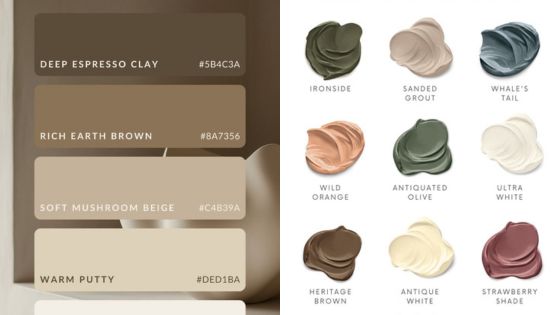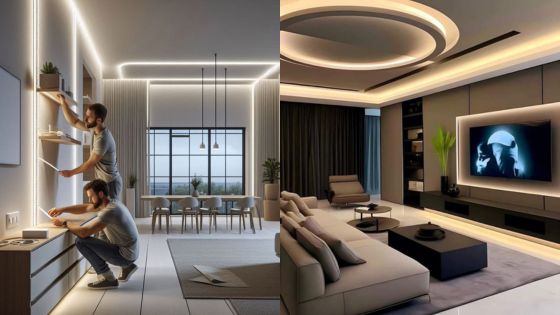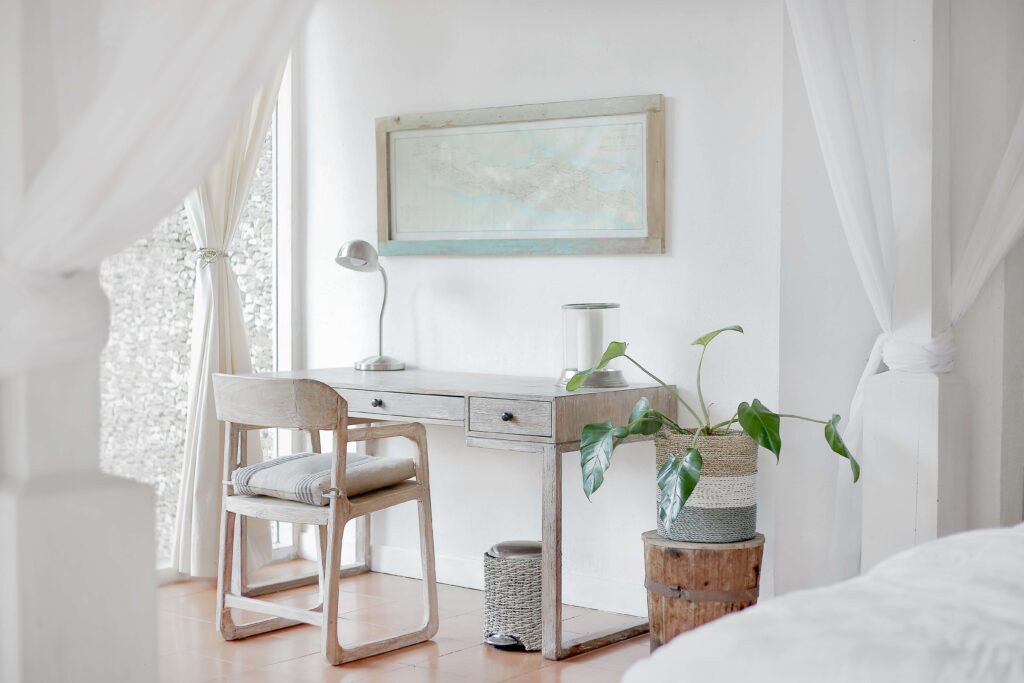
Minimalism is becoming a key trend in the US, with a growing number of Americans adopting it.
Forbes notes that minimalism and voluntary simplicity offer several psychological benefits. These include better mood, improved focus, financial security, less loneliness, and a greater sense of well-being. Not to mention, a sustainable lifestyle contributes to the environment.
Creating a minimalist home can be rewarding, especially for those living in small spaces. As you embrace minimalism, you prioritize simplicity, functionality, and a clutter-free environment. This mindset can help maximize your limited space without compromising aesthetics. The good thing is that you do it without hiring a design professional.
In this article, we will share some practical tips for decorating small spaces with a minimalist style approach.
Understanding Minimalism in Home Decor
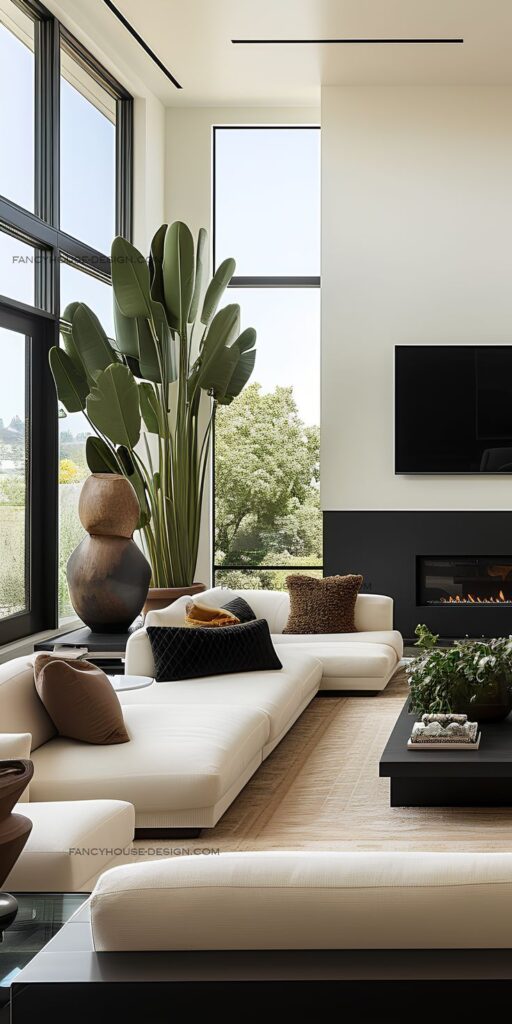
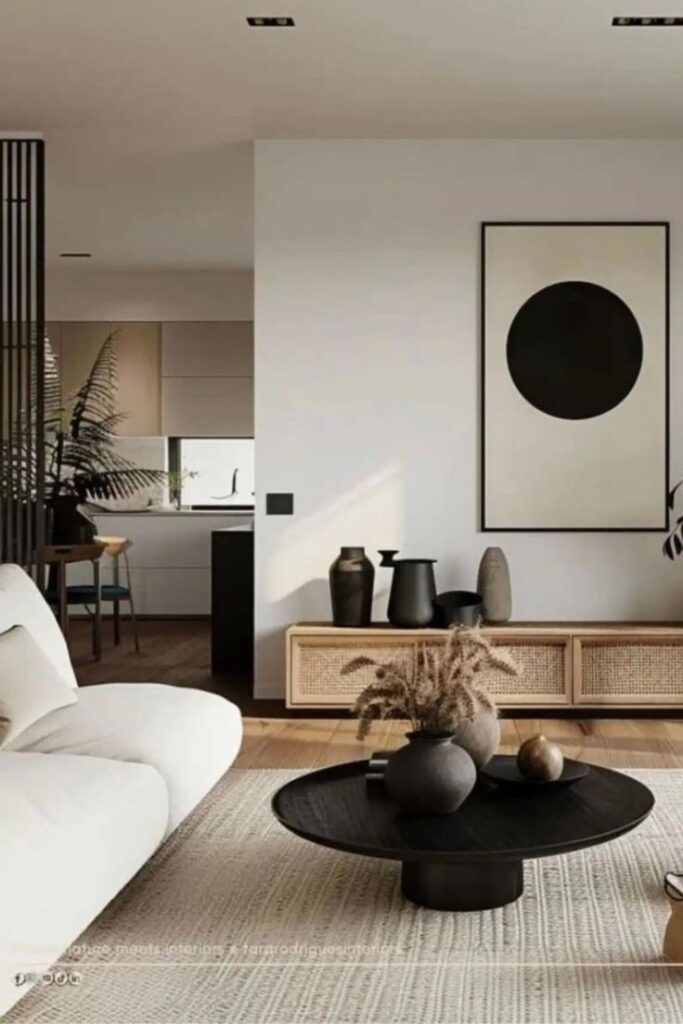
When it comes to minimalist designs, they communicate a concept with simplicity. A study suggests that its goal is to eliminate unnecessary components from a design. It highlights the most essential components that should actually get attention.
Minimalism is a lifestyle choice that promotes mindful living. The key principles of minimalist decor include:
- Functionality: Every item should serve a purpose.
- Clarity: Spaces should feel open and airy.
- Simplicity: A few carefully chosen items can create a striking visual impact.
At the same time, you should ensure a clutterless space, with no extra stuff taking up the limited area in your small home.
Actionable Tips for a Minimalist Home
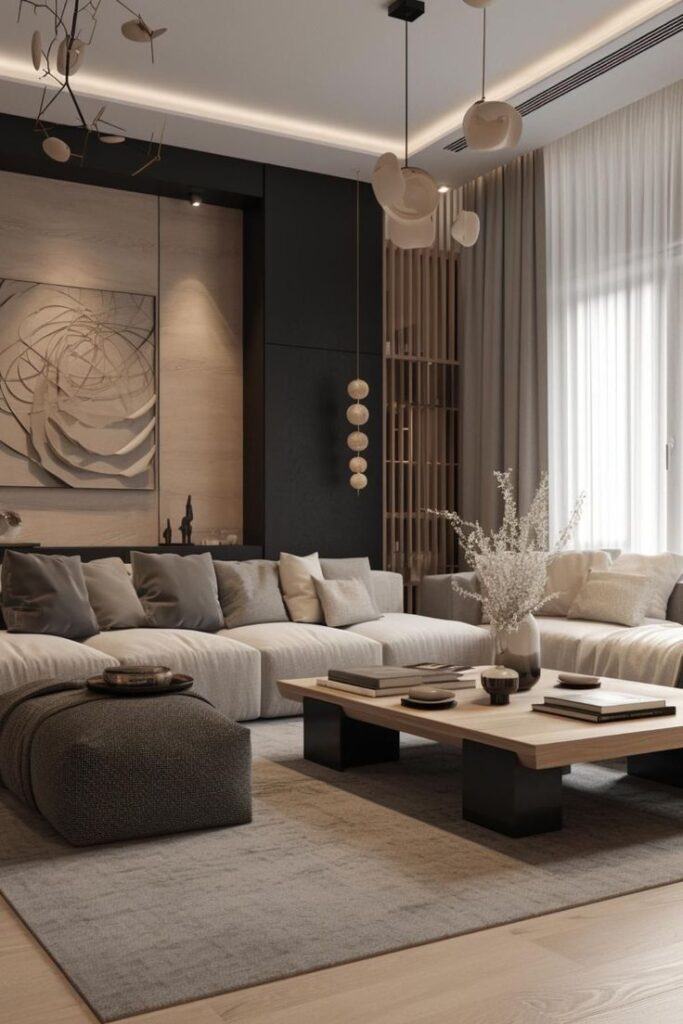

Although the size of American homes has increased over the years, the new trend prioritizes small spaces. A recent survey states that 9 out of 10 people in the US are open to the idea of living in a tiny home. These are mostly millennials keen to embrace a minimalist lifestyle and save money. Whether you live in a cramped apartment or a tiny house, these decor tips can help you create a beautiful living space.
Adopt a Restrained Color Palette
Colors can do more than change your mood. Restrained color palettes can create an aura of spaciousness. Light colors such as whites, grays, and pastels create an airy atmosphere. These colors reflect light to make spaces feel larger. You can add a pop of color by using one or two bolder colors for accents. Expert house painters can help you choose the right color scheme.
According to EA Pro Painters, professionals can handle these projects quickly and easily, saving you time and effort. With experts taking care of the job, you can focus on the other aspects of designing your small home. You may save some dollars with a DIY job, but experts always provide better results.
Embrace Empty Spaces
In minimalist home designs, less is always more. The concept is about simplicity, clean lines, and uncluttered spaces. Leave empty spaces around furniture and decor to create visual balance in the area. This enhances the aesthetic appeal and also contributes to a sense of tranquility.
Becoming Minimalist notes that most people feel anxious about having blank spaces, and they want to fill them up. However, blank spaces offer a whole range of possibilities, so they should be embraced with love. The best way to do it is by focusing on what is there instead of what is not.
Declutter Regularly
Another practical way to adopt minimalist decor for your small space is by decluttering regularly. Clutter is not just a big problem from a decor perspective. Studies show that your mental health may be affected by clutter. Commit to avoiding impulsive purchases and focus on the things you actually need.
Evaluate your belongings frequently and retain only those that serve a purpose or bring you joy. Even if you want to keep some things, store them out of sight. This will help clean surfaces and create a bigger appearance for your small space.
Choose Functional Furniture
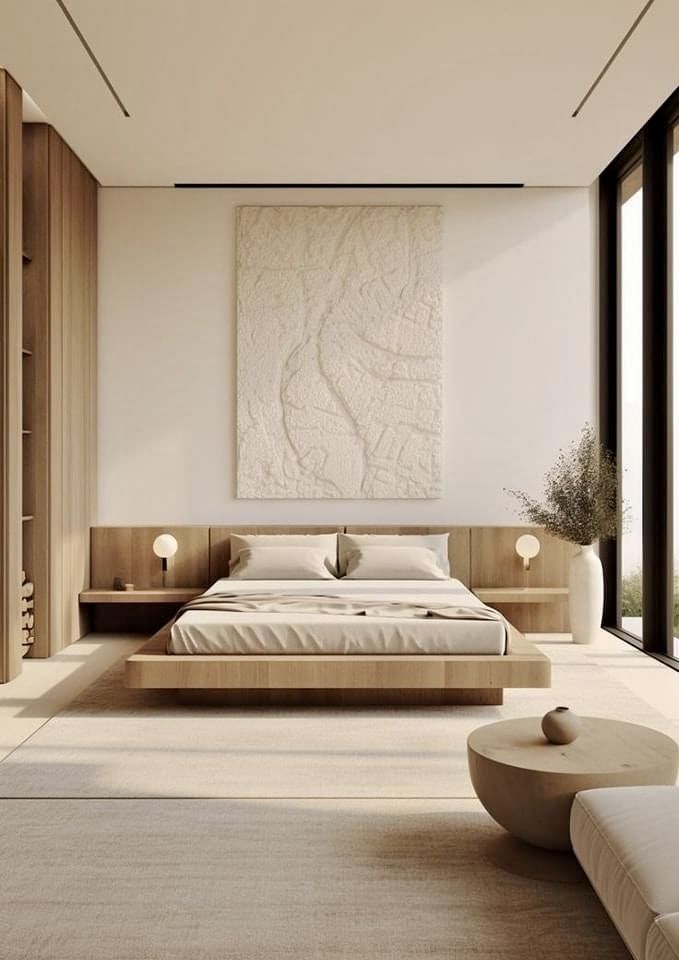
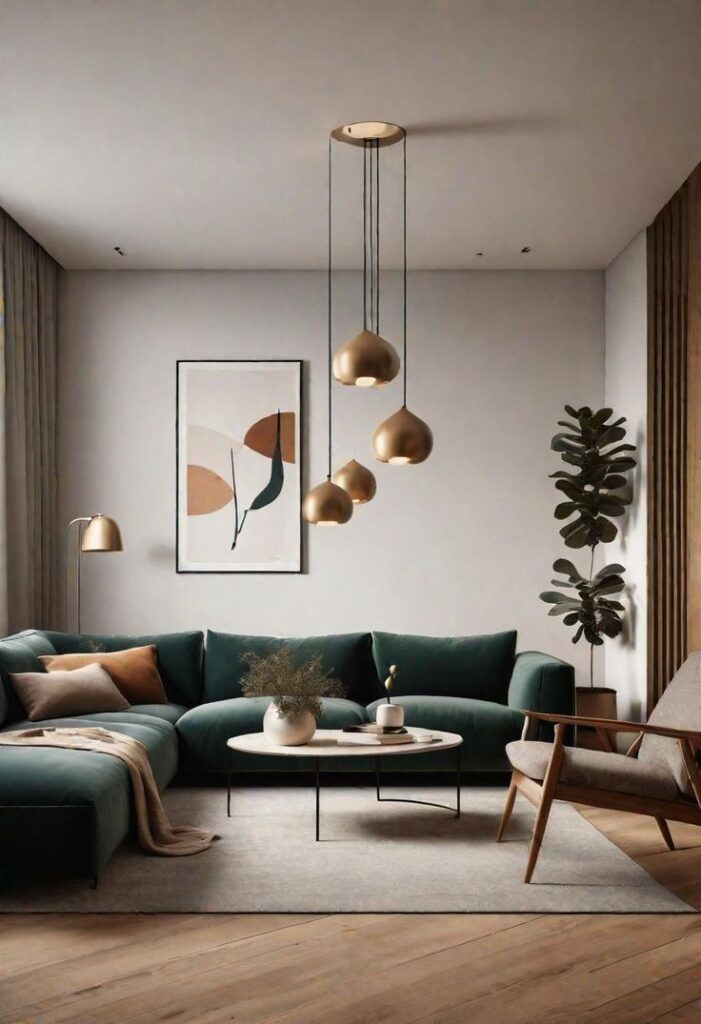
Small spaces can look crowded if filled with bulky and unnecessary furniture pieces. You may love collecting them, but they will eventually feel like a waste of money and precious space in your small home.
Opt for stylish and functional furniture pieces. Look for pieces with clean lines and minimal ornamentation as they are easy to clean and maintain. Invest in multi-functional furniture, such as ottomans with storage or extendable tables. They are value for money as they maximize space efficiency.
Incorporate Natural Elements
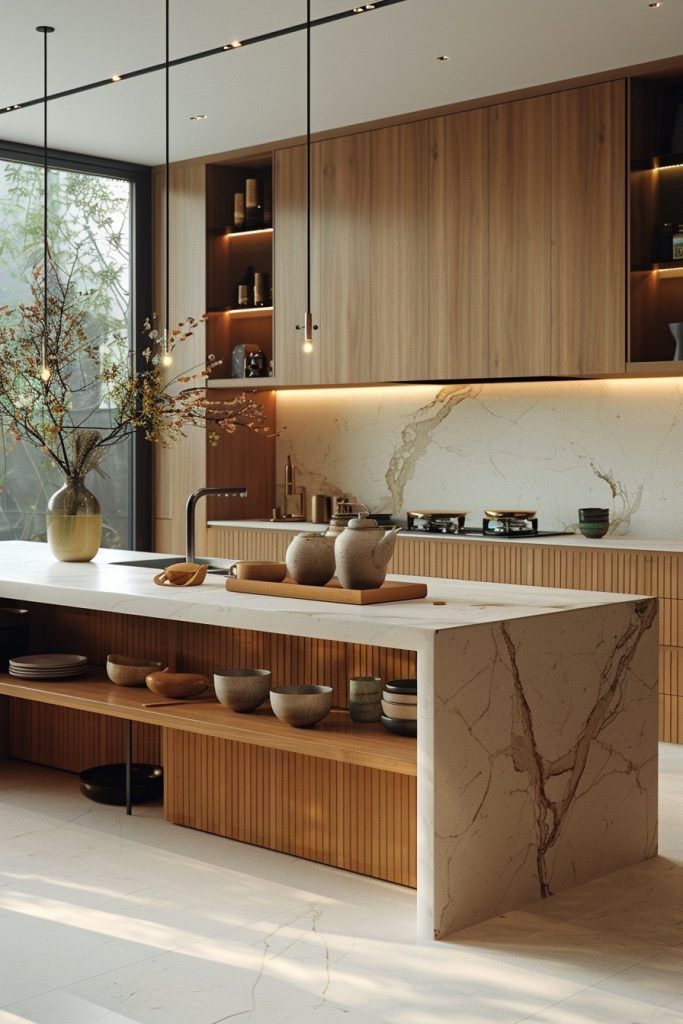

Decorating small spaces with knick-knacks is not a great idea as they make it look crowded. Conversely, natural elements make an ideal decor. According to Time Magazine, plants offer several health benefits to the occupants of a home. From reducing stress and anxiety to sharpening attention and boosting happiness, they can do wonders. They even help patients heal faster.
Opt for low-maintenance indoor plants with air-purifying properties. Get decor items made of
natural materials to add warmth to your space without cluttering it. A few well-placed elements can bring a touch of nature indoors.
Frequently Asked Questions
How do I start decorating my small space in a minimalist style?
Start with a deep-cleaning and decluttering spree. After removing unnecessary items, select essential furniture pieces that complement each other in style and function. Also, get a fresh coat of neutral color palette to unify the look for a minimalist appeal.
Can decorative items be used in a minimalist home?
When it comes to using decorative items in a minimalist space, you should choose them sparingly. Opt for a couple of statement pieces rather than multiple small decor elements. This approach creates focal points without overwhelming the limited space in your home.
How can I maintain a minimalist home?
Maintaining a minimalist home is about keeping it simple and clear of unnecessary objects. Regularly assess your belongings and remove items that no longer serve you or match your aesthetic. Also, keep surfaces clear as far as possible and avoid impulse purchases that could lead to clutter.
Minimalist decor is an excellent way to make the most of small spaces. However, it requires a relentless commitment to functionality, clarity, and intentionality. By following these simple rules, homeowners can cultivate environments that are aesthetically pleasing and promote well-being.
- 49shares
- Facebook0
- Pinterest49
- Twitter0


